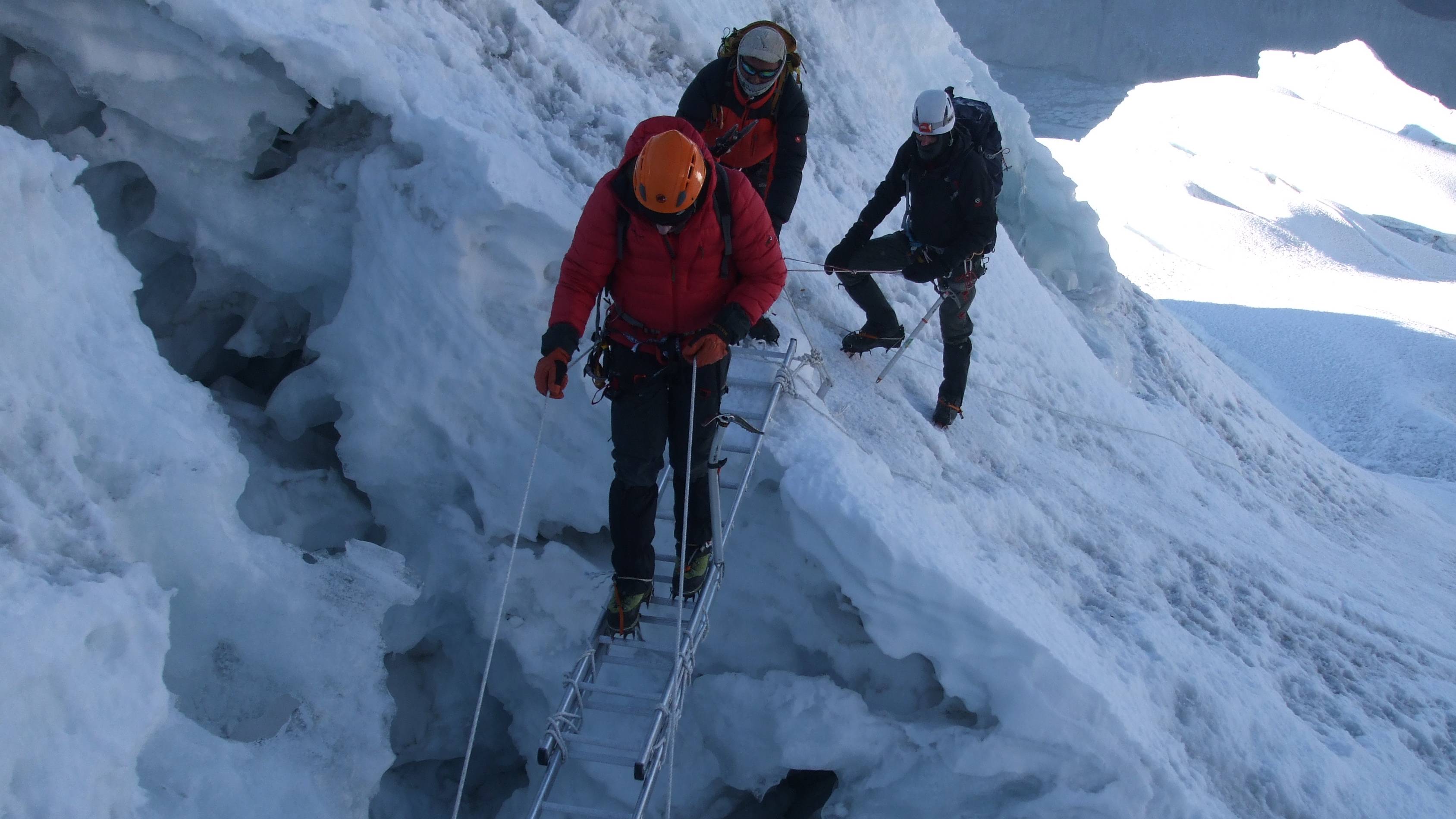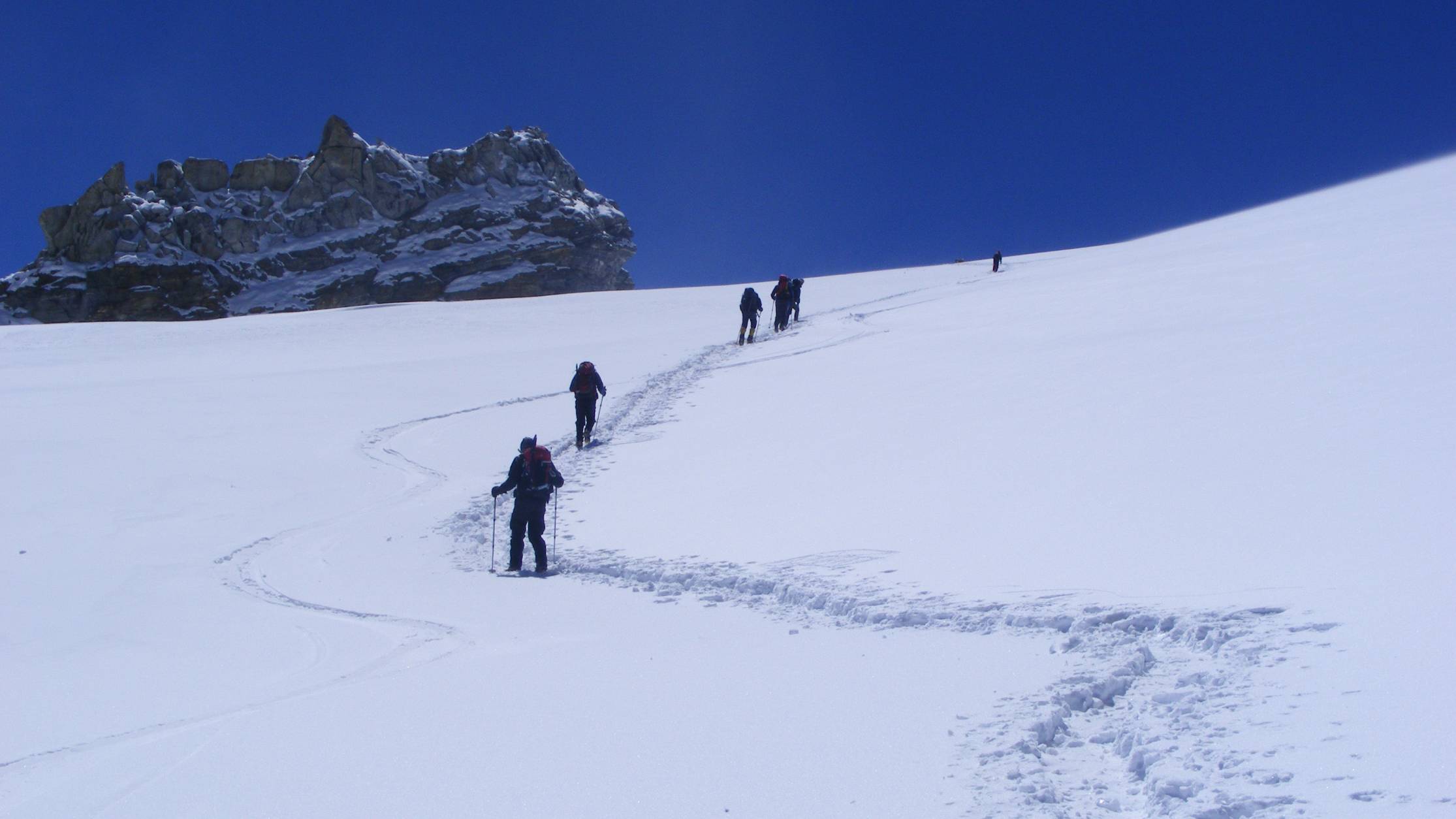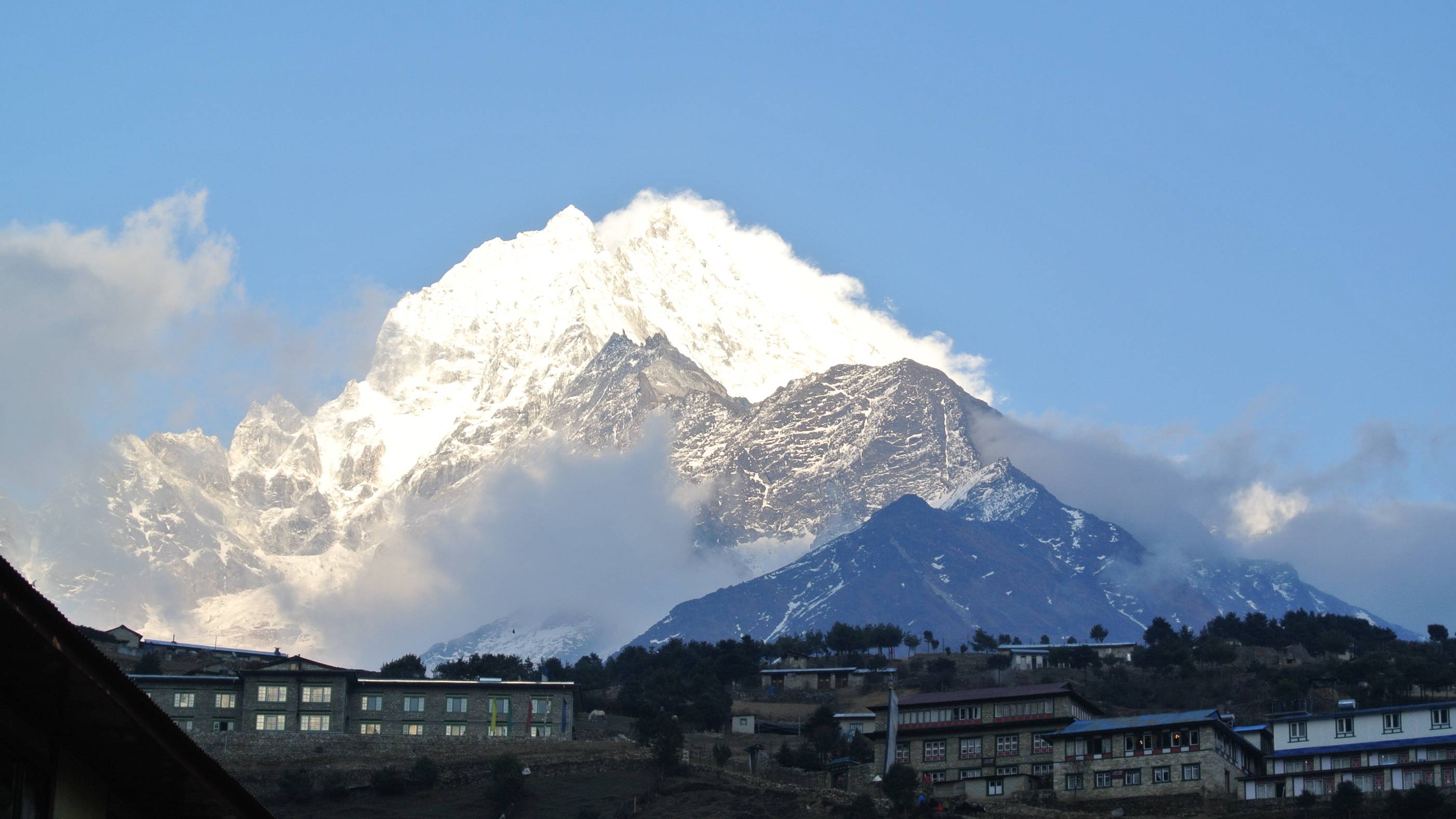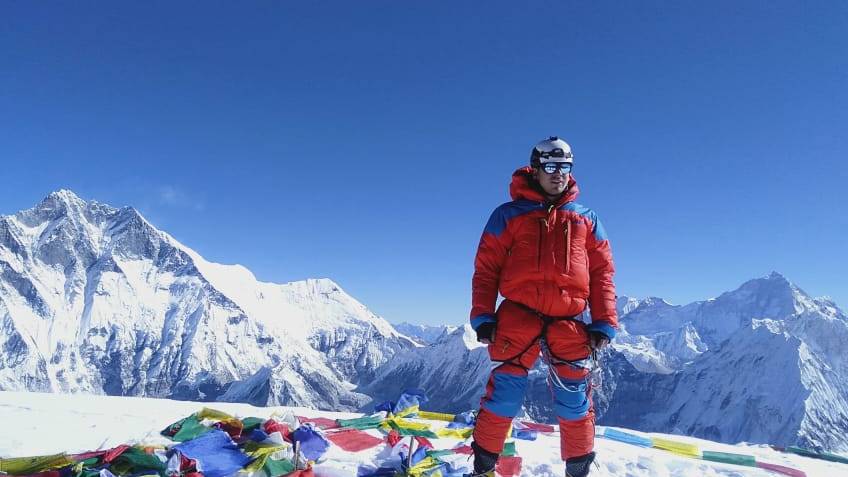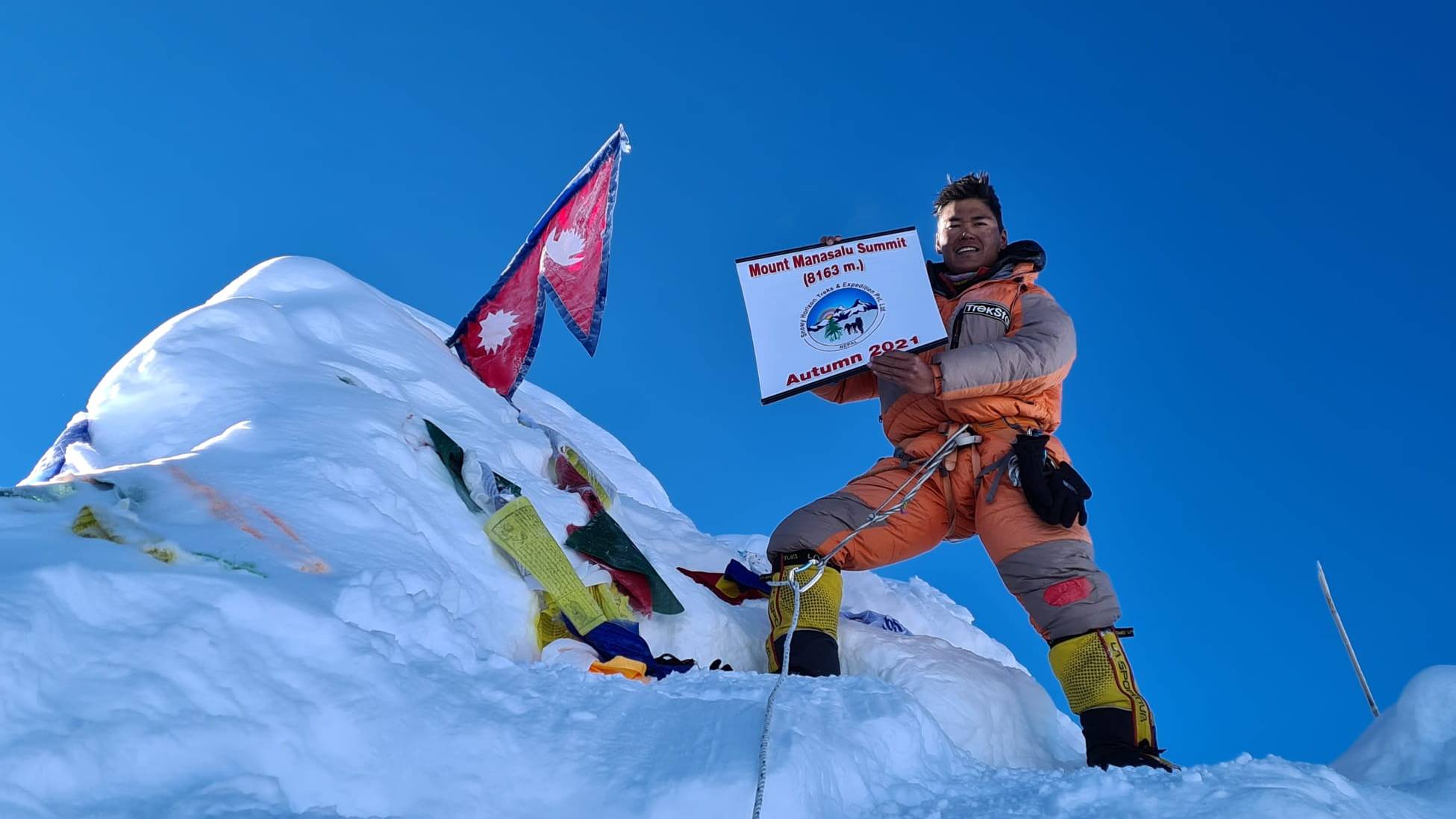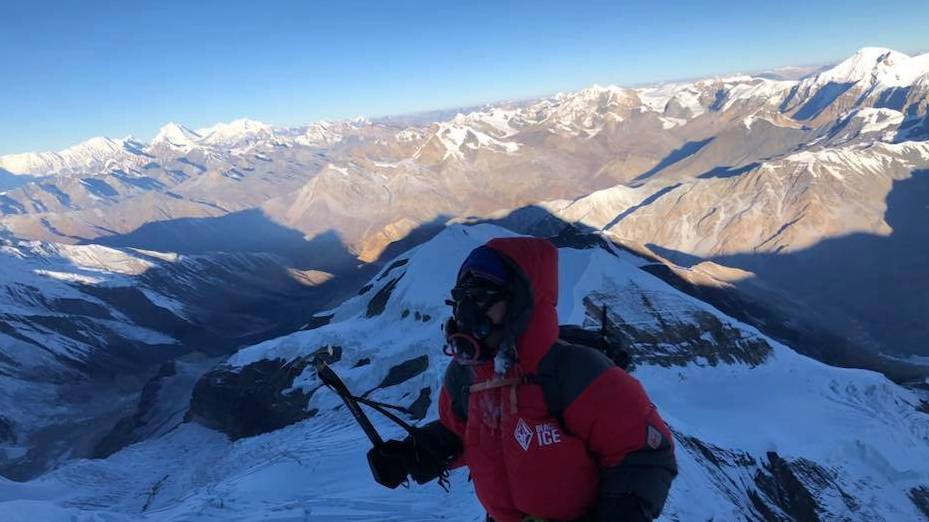Nepal, home to the world's highest peaks, is a mecca for mountaineers seeking adventure amidst breathtaking landscapes. Among its numerous summits, Island Peak, Mera Peak, and Lobuche Peak stand out as popular choices for climbers eager to test their skills in the Himalayas.
Island Peak, also known as Imja Tse, is a formidable challenge standing at 6,189 meters above sea level. Nestled in the heart of the Everest region, its distinctive summit resembles an island amidst a sea of ice and snow. Island Peak Climbing is an exhilarating journey that combines technical climbing with the awe-inspiring beauty of the Khumbu Valley. The expedition begins in the bustling town of Lukla, where climbers trek through rhododendron forests and Sherpa villages before reaching the base camp at Chhukung. From there, the ascent to Island Peak's summit unfolds through steep slopes and icy ridges, culminating in a breathtaking panorama of Everest, Lhotse, and Makalu. Despite its formidable reputation, Island Peak is accessible to climbers with basic mountaineering skills, making it a popular choice for those seeking their first Himalayan summit.
Mera Peak, standing at 6,476 meters, offers a different kind of challenge—one of endurance and exploration. Located in the remote Hinku Valley, Mera Peak promises a wilderness experience unmatched by its more famous counterparts. The expedition begins with a scenic flight to the village of Lukla, followed by a trek through pristine forests and high-altitude pastures. Unlike the crowded trails of Everest, climbers on Mera Peak traverse remote glaciers and traverse snow-covered ridges, immersing themselves in the raw beauty of the Himalayan wilderness. The final push to Mera Peak's summit involves crossing crevassed glaciers and negotiating steep snow slopes, culminating in a panoramic vista of five of the world's six highest mountains. For those seeking solitude and adventure, Mera Peak Climbing offers an unforgettable Himalayan experience.
Lobuche Peak, situated in the Khumbu region, is a challenging yet rewarding climb that offers stunning views of Everest and its surrounding peaks. At 6,119 meters, Lobuche Peak presents technical challenges that require climbers to navigate steep ice and rock faces. The expedition begins in Lukla, where climbers trek through the legendary Khumbu Valley before reaching Lobuche Base Camp. From there, the ascent to the summit unfolds through a series of steep pitches and narrow ridges, testing climbers' skills and resolve. Despite its demanding nature, Lobuche Peak rewards climbers with unparalleled views of the Everest Massif, including the iconic peaks of Nuptse and Lhotse. For experienced mountaineers seeking a new challenge in the heart of the Himalayas, Lobuche Peak Climbing offers an unforgettable adventure.
In conclusion, Island Peak, Mera Peak, and Lobuche Peak embody the spirit of adventure and exploration in Nepal's majestic mountains. Whether scaling the icy slopes of Island Peak, trekking through the pristine wilderness of Mera Peak, or conquering the technical challenges of Lobuche Peak, each expedition promises an unforgettable Himalayan experience.
